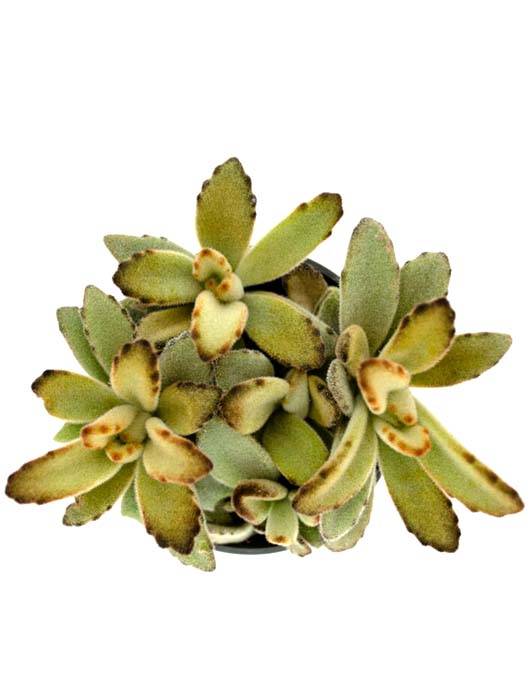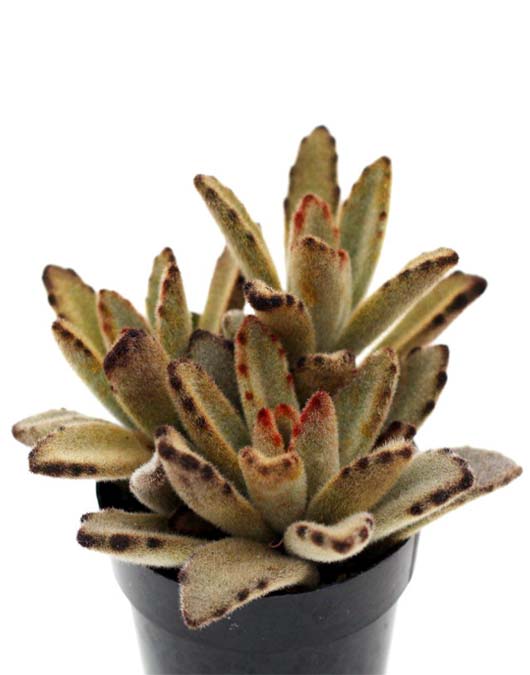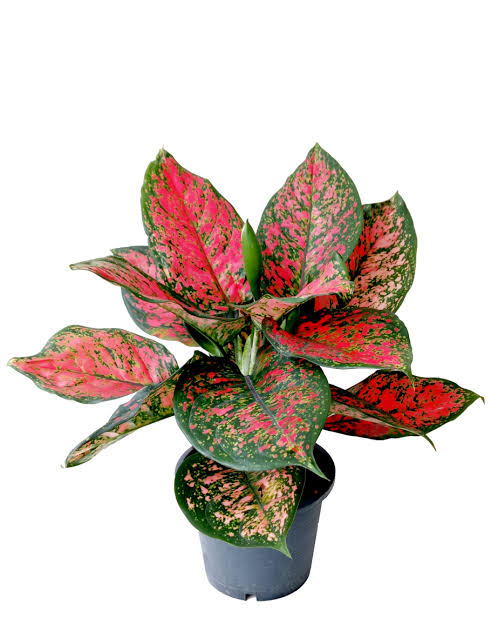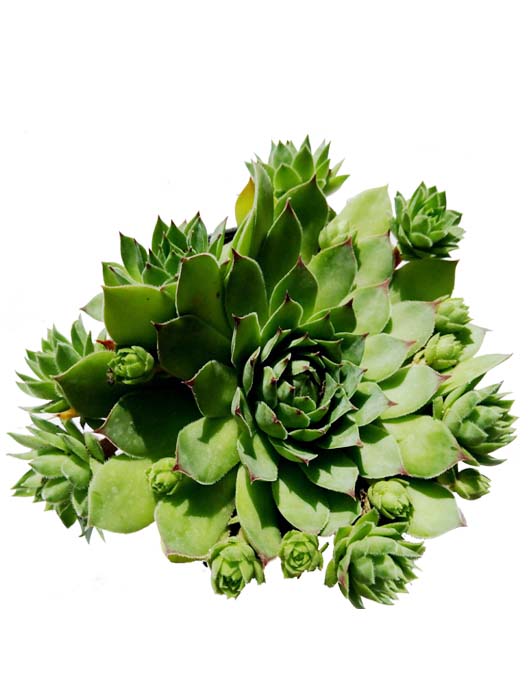-
EtonGreen Graptoveria Bashful Live Succulent Plant
₹750.00₹415.00
Out Of Stock
EtonGreen Live Othonna Capensis String of Ruby Necklace Succulent Plant
₹475.00 ₹340.00
- Ruby Necklace, whose scientific name is Othonna capensis, is a trailing and fast-growing succulent plant. The plant is narrow and attractive due to its brightly colored stems and beautiful flowers. Its stems are thin and red or purple.
- Ruby Necklace is one of the rarest succulent plants on the planet. Ruby Necklace’s stems usually grow up to about 5 cm then start trailing downwards.
- Ruby Necklace is that its flowers can appear all year round,
- The best thing about the plant is that it does not require a lot of fertilizer to grow
- Ruby Necklace is a great and suitable plant for a balcony
- Plant Will Be Given With Free Plastic Pot
SKU: EtonRuby
Categories: Plants, Succulent Plants
Tags: cactus, cactus live plant, cactus live plant with pot indoor, crassula, echeveria, echeveria live plants, indoor live plants, indoor plant, indoor plant for home, indoor plants, indoor plants for living room, live plants for garden, live succulent plants, lucky plants for home, outdoor plant, outdoor plants, ruby necklace, succulent, succulent live plant, succulent live plants, succulent plants, succulent plants live with pot, succulents
Out of stock
Email when stock available
Ruby Necklace, whose scientific name is Othonna capensis, is a trailing and fast-growing succulent plant. The plant is narrow and attractive due to its brightly colored stems and beautiful flowers. Its stems are thin and red or purple. Ruby Necklace is one of the rarest succulent plants on the planet. Ruby Necklace’s stems usually grow up to about 5 cm then start trailing downwards. One interesting thing about Ruby Necklace is that its flowers can appear all year round, which gives it that eye-catching look all the time. Othonna capensis also does well in greenhouses if given the right conditions such as enough water and sunlight.
| Weight | 0.5 kg |
|---|---|
| Dimensions | 17.8 × 12.8 × 10.8 cm |
Be the first to review “EtonGreen Live Othonna Capensis String of Ruby Necklace Succulent Plant” Cancel reply
Up sells product
- The indoor panda plant is a hardy succulent that makes an interesting addition to the houseplants you grow indoors. Often a favorite of children, growing Kalanchoe panda plants are a good specimen to locate in a child’s room as part of the décor.
- More than 100 varieties of Kalanchoe grow in the wilds of Africa and other parts of the Old World. Kalanchoe tomentosa grows wild on the island of Madagascar. In its native environment, growing Kalanchoe panda plants have a woody base and reach several feet (1 m.). As an indoor plant, however, panda plant growth is limited by the size of the container, usually reaching only 1 to 2 feet (31-61 cm.) in height and 2 feet (61 cm.) around
- growing Kalanchoe panda plants says the velvety appearance of the leaves is created by hairs that spring up in trichomes, deflecting light and limiting transpiration. Brownish red markings on leaf edges, along with the white silvery hairs, are similar to the fur of a panda bear. Tomentosa means densely woolly or velvety. The plant is commonly called pussy ears as well.
- As with most succulents, soil should be allowed to dry between waterings. In fact, watering is a limited part of panda plant care. When you do water, do so completely while giving the plant the infrequent drink.
- Plant Will Be Given With Free plastic Pot
- Crassula ovata. Jade plants are succulents with fleshy foliage
- Gollum Jade, also known as Crassula Ovata or “Money Plant”, is a small shrubby succulent
- Crassula ovata, commonly known as jade plant, lucky plant, money plant or money tree, is a succulent plant with small pink or white flowers
- Crassula ovata, commonly known as jade plant, lucky plant, money plant or money tree, is a succulent plant with small pink or white flowers that is native to the KwaZulu-Natal and Eastern Cape provinces of South Africa, and Mozambique; it is common as a houseplant worldwide
- Crassula ovata Gollum is a fun and fashionable variety of Crassula. It is smaller and more compact than the standard variety. Its leaves are a fascinating slender, tubular shape, ending in red tips that look like suction cups.
- Plant Will Be Given With Free Plastic Pot
- Belongs to the Crassula genus of succulents, the Crassula Baby Necklace is one of the most striking yet adorable succulents.
- Crassula ‘Baby’s Necklace’ Flat, button-like leaves encase the stems like beads on a string.
- This plant look extremely beautiful. If you talk about its matured height, Crassula Baby Necklace stays quietly small and grows only up to 12-inches. This way, it forms clumps of upright stems that emerge up to the same height.
- make sure to water the plant when the soil is dry to touch and do not water it again until it drains completely.
- Plant Will Be Given With Free Plastic Pot
Related products
Out Of Stock
EtonGreen Live Echeveria Lilacina Succulent Plant
- Echeveria lilacina is an attractive, slow-growing succulent with fleshy, spoon-shaped, silvery-grey leaves arranged in a symmetrical rosette
- Echeveria Lilacina also known as ‘Ghost Echeveria’ is known for a beautiful looking succulent.
- Echeveria Lilacina Ghost is suitable as a houseplant in all climates. It does well as a container or patio plant or set out into the garden during warmer
- Take care to water from below, and only water when the soil is nearly dry.
- Plant Will Be Given With Free Plastic Pot
- Aglaonema are a staple in the house plant world. This hardy tropical is often used in interior Plant Design
- The Aglaonema is one of the most durable houseplants and is fairly adaptable.
- Aglaonemas are often vibrant and colorful, with strikingly patterned leaves. Because they’re so easy-going, Aglaonemas are perfectly suited for a modern living room or office, dim bedroom, or cozy study. Because of their tolerance for both moist and dry conditions, and the fact that they will thrive with low light, they are a perfect choice for less than ideal light conditions or forgetful plant owners.
- Plant Will be Given With Free Plastic Pot
- The cotton candy fern plant’s Latin name is Nephrolepis exaltata.
- Nephrolepis Exaltata ‘Cotton Candy’ is a lusciously thick evergreen fern with beautiful sword-shaped leaves.
- The Cotton Candy fern has many soft and fluffy light-green leaves that flare up and outward as they grow.
- Plant Will Be Given With Free Plastic Pot
- We don’t believe in plants being fashionable – they’re all classics – but the fiddle-leaf fig is definitely having ‘a moment’. Its huge, fiddle-shaped leaves (hence the name) and the fact it can grow over six-feet tall means it has maximum impact in any room.
- Leaf Fig Tree (Ficus lyrata) is a stunning plant with huge green leaves and an even larger following of houseplant fans.
- The fiddle-leaf fig (Ficus lyrata) is a popular indoor specimen plant featuring very large, heavily veined, violin-shaped leaves that grow upright.
- In the wild, fiddle-leaf figs could grow as tall as 15 metres.
- Plant Will be Given With Free Plastic Pot
- The Philodendron is known as the sweetheart plant because of the unique heart shape of its leaves
- NASA studies show having plants in your home improves your mood, sparks creativity and reduces stress.
- The philodendron is one of the easiest house plants to grow, thriving in low light. Makes a great hanging basket plant. This new variety, Golden features green heart-shaped leaves with gold highlights.
- Water philodendrons enough when the soil surface dries. They’re tough enough plants they don’t mind if you forget to water them now and again. Just take care not to overwater your philodendrons. They will rot if they’re kept too wet.
- Clears the air of pollutants and Can be Placed Indoors or Outdoors.
Out Of Stock
EtonGreen Live Succulent Plant Sempervivum Edinburgh
- Sempervivum is a genus of about 40 species of flowering plants in the family Crassulaceae, commonly known as houseleeks. Other common names include liveforever and hen and chicks
- Sempervivum means ‘always alive’ – a reference to the fact that houseleeks tolerate extreme temperatures and drought.
- Hens and chicks can grow outdoors or indoors. In fact, they are great container plants. With the succulents in containers,
- Try to plant in a location with morning sun and afternoon shade
- Plant in sandy, well-draining soil and use pots with drainage holes.
- Plant Will Be Given With Free Plastic Pot





















Reviews
There are no reviews yet.